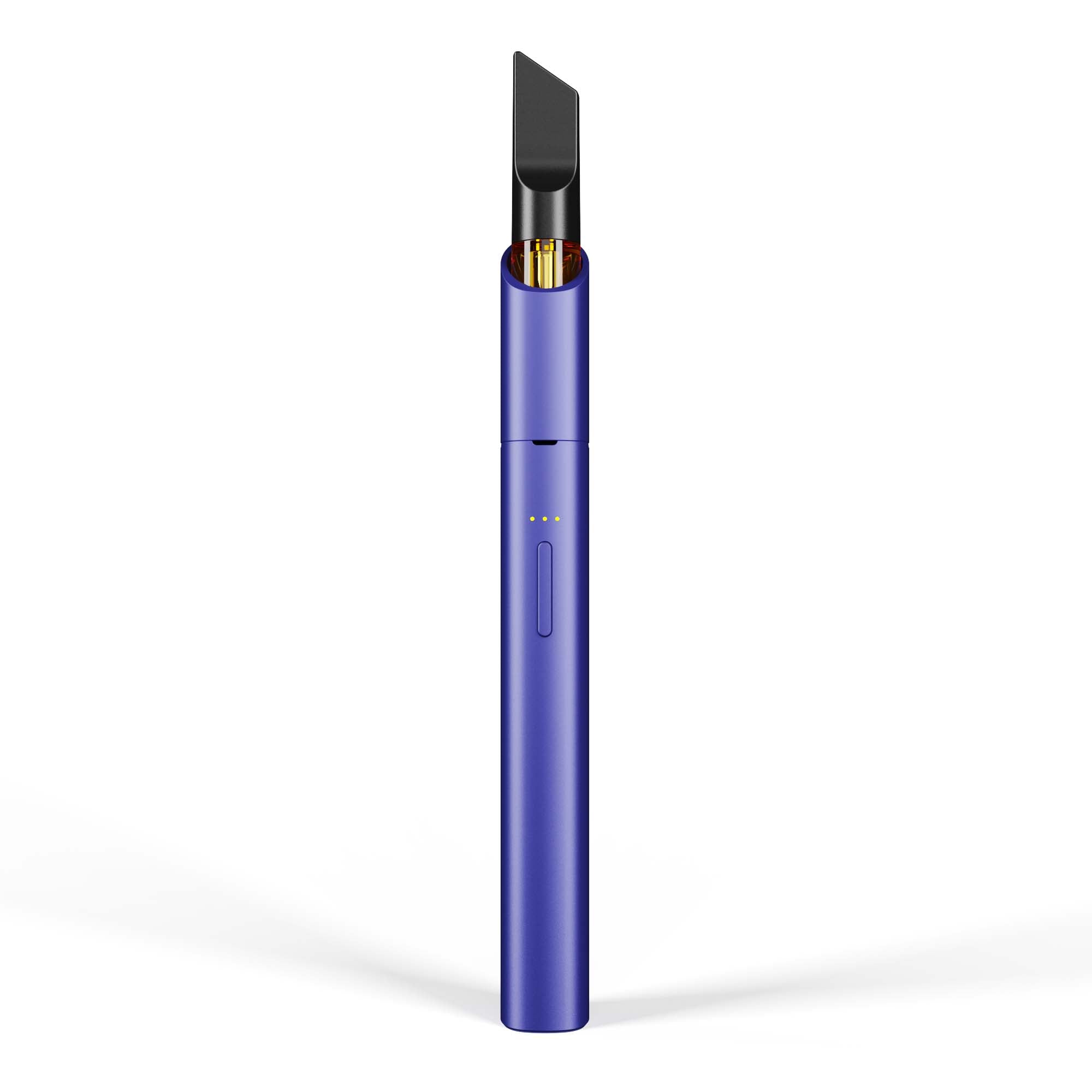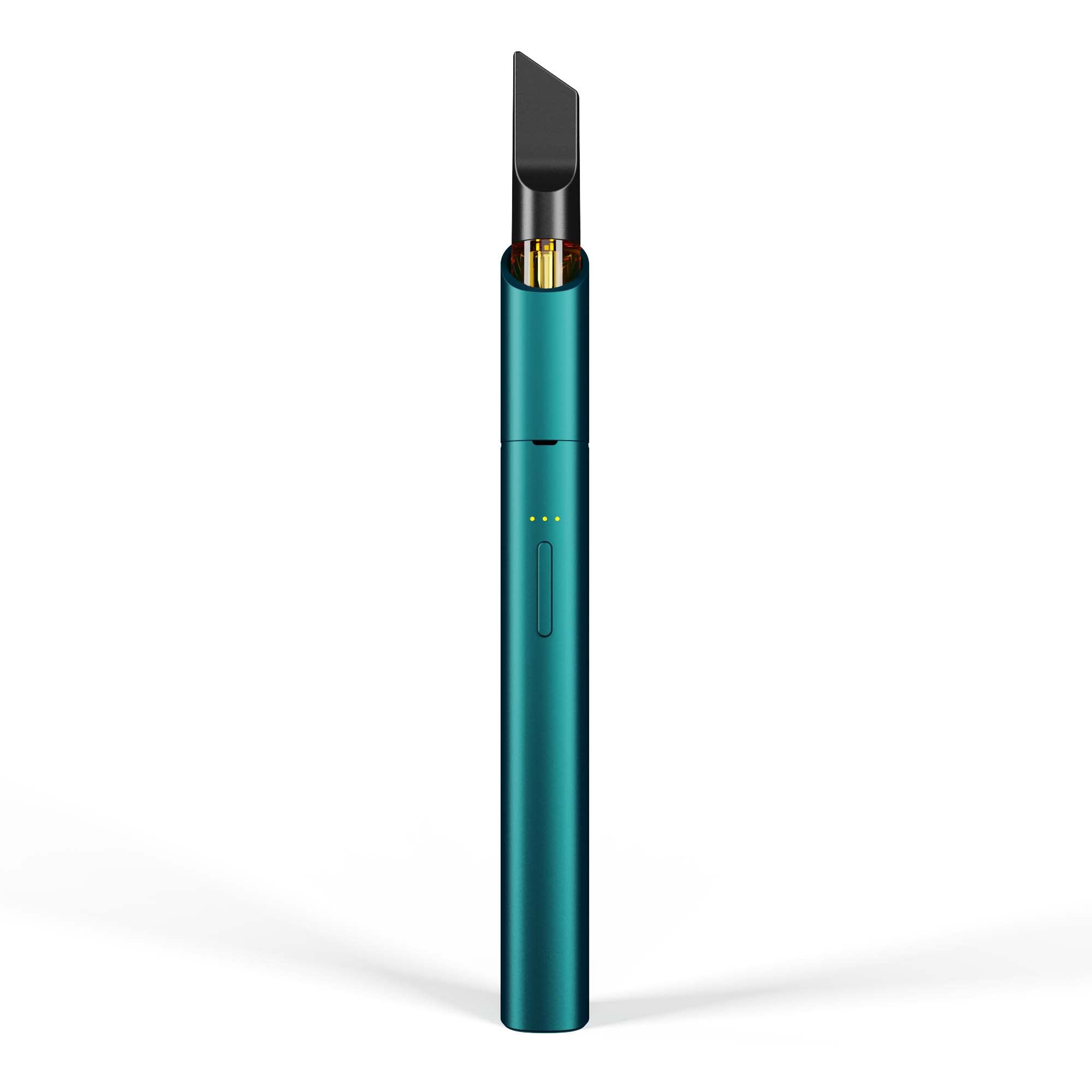Understanding Voltage and Wattage
Understanding voltage and wattage is crucial for customizing your vaping experience, particularly when using devices like the Vista Edge vape. Voltage determines the electrical potential driving the vapor production, while wattage reflects the actual power consumed by the atomizer coil. Adjusting these settings allows you to fine-tune your vape’s flavor, vapor density, and overall performance.
The Relationship Between Voltage and Resistance
Voltage is measured in volts (V) and represents the electrical force pushing electrons through the circuit. Think of it as the pressure pushing the e-liquid into vapor. Wattage, measured in watts (W), indicates the rate at which electrical energy is converted into heat, directly influencing the coil’s temperature.
The relationship between voltage and resistance is described by Ohm’s Law: Voltage (V) = Current (I) x Resistance (R). This means that increasing voltage will lead to a higher current flow through the coil, resulting in increased heat production and thus higher wattage.
When using a Vista Edge vape, understanding this relationship is key to achieving your desired vaping experience. By adjusting the voltage setting, you can control the power delivered to the coil, impacting the temperature of the e-liquid and consequently, the flavor profile, vapor density, and overall draw experience.
Calculating Wattage
To calculate wattage, you need to know the resistance of your atomizer coil and the voltage you’re using. You can use Ohm’s Law formula: Wattage (W) = Voltage² (V²) / Resistance (R).
For example, if your atomizer coil has a resistance of 0.5 ohms and you set the voltage to 3.7 volts, the wattage would be 3.7² / 0.5 = 27.36 watts.
Vista Edge Vape Voltage Settings
The Vista Edge vape offers users control over their vaping experience through adjustable voltage settings. Understanding how voltage affects your vape’s performance is crucial for finding the perfect balance of flavor, vapor density, and overall satisfaction.
Standard Voltage Range on Vista Edge Devices

The standard voltage range on Vista Edge devices typically falls between 3.0 volts and 4.2 volts.
- Starting at a lower voltage allows for a smoother, more flavorful vape with less vapor production.
- Gradually increasing the voltage can boost vapor density and produce a stronger throat hit.
- Experimenting within this range will help you find the sweet spot that suits your personal preferences.
Variable Voltage Modes
The Vista Edge vape offers variable voltage modes, empowering users to tailor their vaping experience. This means you can adjust the power delivered to the atomizer coil, influencing factors like flavor, vapor density, and throat hit.
Understanding your preferences is key to finding the ideal setting. Do you prefer a subtle, flavorful vape or a denser cloud of vapor? Starting at a lower voltage, around 3.0-3.5 volts, often provides a smoother, more nuanced flavor experience with less vapor production.
If you desire thicker clouds and a stronger throat hit, gradually increase the voltage in increments of 0.1 or 0.2 volts. Experimenting within the typical range of 3.0 to 4.2 volts will help you discover your sweet spot.
Choosing the Right Power Level
Choosing the right power level on a Vista Edge vape is essential for customizing your vaping experience.
Factors Affecting Optimal Voltage Setting
Voltage settings play a crucial role in determining the flavor, vapor density, and overall performance of your Vista Edge vape. Understanding how voltage affects these factors allows you to fine-tune your vaping experience.
- Lower Voltages (3.0 – 3.5 volts): Ideal for vapers who prioritize flavor and a smoother, less intense inhale. Less vapor is produced at lower voltages.
- Medium Voltages (3.6 – 3.9 volts): This range offers a balance between flavor and vapor production, providing a more satisfying throat hit than lower settings.
- Higher Voltages (4.0 – 4.2 volts): Deliver the most intense vaping experience with thicker clouds of vapor and a stronger throat hit. However, this setting can sometimes lead to burnt tastes if your device is not used properly.
Experimenting within these voltage ranges will help you discover the optimal power level for your personal preferences.
Matching Voltage to Coil Type
Matching voltage to coil type is essential for optimal performance on a Vista Edge vape. Different coils have varying resistance levels, and using an incorrect voltage can result in dry hits, burnt flavors, or even damage to your device.
Lower resistance coils (typically below 1 ohm) generally benefit from higher voltages (3.7 volts or above) to achieve the desired wattage and vapor production. Higher resistance coils (above 1 ohm) tend to perform better with lower voltages (around 3.5 volts or less).
Always refer to your coil manufacturer’s recommendations for optimal voltage ranges. Over-volting a coil can cause premature wear and tear, while under-volting may lead to insufficient heating and poor flavor.
Coil Resistance and Heat Production
Choosing the right power level is crucial for maximizing your vaping experience with the Vista Edge. Understanding voltage, wattage, and coil resistance will help you find the perfect balance of flavor, vapor production, and overall satisfaction.
The standard voltage range on a Vista Edge typically spans from 3.0 volts to 4.2 volts. Lower voltages (around 3.0-3.5 volts) generally produce a smoother inhale with more emphasis on flavor and less vapor. As you increase the voltage, you’ll notice an increase in vapor density and a stronger throat hit.
To fine-tune your experience, experiment within this range, adjusting the voltage in increments of 0.1 or 0.2 volts until you find the sweet spot that suits your preferences.
Matching the voltage to your coil type is equally important. Lower resistance coils (usually below 1 ohm) perform well at higher voltages (3.7 volts or above), while higher resistance coils (above 1 ohm) are better suited for lower voltages (around 3.5 volts or less). Always consult your coil manufacturer’s recommendations for optimal voltage ranges to prevent damage to your device and ensure the best possible vaping experience.
Adjusting Voltage for Flavor and Vapor Production
Understanding voltage and wattage is crucial for customizing your vaping experience, particularly when using devices like the Vista Edge vape. Voltage determines the electrical potential driving vapor production, while wattage reflects the actual power consumed by the atomizer coil. Adjusting these settings allows you to fine-tune your vape’s flavor, vapor density, and overall performance.
Voltage is measured in volts (V) and represents the electrical force pushing electrons through the circuit. Think of it as the pressure pushing the e-liquid into vapor. Wattage, measured in watts (W), indicates the rate at which electrical energy is converted into heat, directly influencing the coil’s temperature.
The standard voltage range on Vista Edge devices typically falls between 3.0 volts and 4.2 volts. Starting at a lower voltage allows for a smoother, more flavorful vape with less vapor production. Gradually increasing the voltage can boost vapor density and produce a stronger throat hit.
Matching voltage to coil type is essential for optimal performance on a Vista Edge vape. Different coils have varying resistance levels, and using an incorrect voltage can result in dry hits, burnt flavors, or even damage to your device.
Troubleshooting and Safety Considerations
Troubleshooting and safety should always be a priority when using any vaping device, including the Vista Edge. Familiarize yourself with the manufacturer’s instructions and warnings regarding safe operation, charging practices, and potential hazards.
Battery Life and Overheating Issues
Battery life is a crucial factor in vaping experience. Proper care and usage can help maximize battery life.
Avoid exposing your Vista Edge vape battery to extreme temperatures (both hot and cold). Store it in a cool, dry place when not in use.
Overheating can damage the battery and potentially lead to safety issues. If your device feels unusually warm, stop using it immediately and allow it to cool down.
Only use compatible batteries and chargers designed for your Vista Edge vape. Using incorrect accessories can cause malfunctions and overheating.
Signs of a Damaged Coils
Signs of damaged coils include a burnt or harsh taste when vaping, reduced vapor production, a decrease in flavor intensity, and an unusual rattling or clicking sound coming from the atomizer.

If you notice any of these signs, it’s best to replace the coil as soon as possible. Continuing to use a damaged coil can lead to further issues, including overheating and potential damage to your vape device.
Always prioritize safety when using your Vista Edge vape.
Never leave your device unattended while charging. Always ensure that the battery is securely installed and properly connected to the charger.
Avoid dropping or mishandling your device as it could damage internal components or the battery.
If you experience any issues with your Vista Edge vape, consult the manufacturer’s instructions or contact their customer support for assistance.
Conclusion
Choosing the right voltage setting is essential for a satisfying vaping experience with the Vista Edge. Start by understanding the relationship between voltage, wattage, and resistance.
Remember to match the voltage to your coil type for optimal performance. Lower resistance coils typically perform best at higher voltages, while higher resistance coils benefit from lower voltages. Experiment within the standard voltage range (3.0-4.2 volts) to find your sweet spot based on your preferred flavor intensity, vapor density, and throat hit.
Always prioritize safety when using your Vista Edge vape. Follow the manufacturer’s instructions, handle it with care, and be mindful of potential hazards like overheating or battery damage.
Find the Most Durable Vista Edge Series – Buy Now
- Why Does My Lip Filler Migrate - November 16, 2025
- What Is The Difference Between CBD Infused Gummies And CBD Capsules - November 14, 2025
- What Are The Best CBD Gummy Sweets For Focus And Clarity - November 12, 2025
